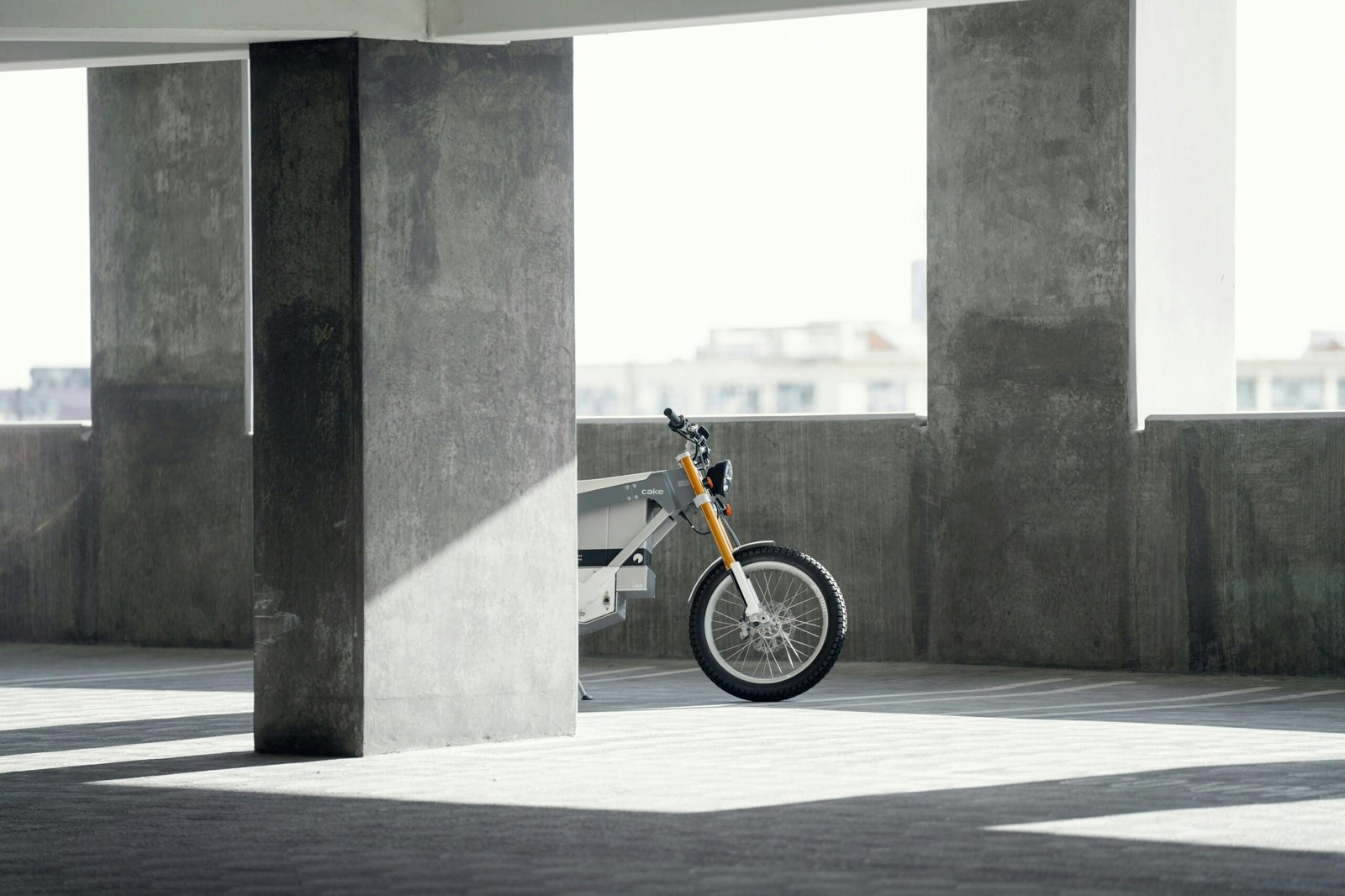
Navigating E-Bike Laws in Tirana: A Comprehensive Guide for 2025
Introduction
Electric bikes (e-bikes) are increasingly popular in Tirana, offering convenience, efficiency, and a green transportation option. Yet, understanding local regulations can feel like navigating through Tirana’s bustling streets without a clear map. In our experience, after regularly biking around Tirana for over two years, enforcement remains minimal, but awareness of the laws can significantly help riders stay safe and potentially avoid fines.
Current Legal Framework (National Road Code)
Based on our findings, Albania’s National Road Code (Kodi Rrugor), law no. 8378 from 1998, updated in 2018, categorizes e-bikes somewhat clearly:
- Definition of E-bike: A bicycle with an auxiliary motor not exceeding 0.25 kW, which must automatically cut off at 25 km/h Art.64, clause 1.
- Mandatory Equipment: All bicycles must have brakes on both wheels, a bell, front/rear lights, and reflectors (Art.66).
- Use of Lanes: Cyclists must use designated bike lanes whenever available (Art.68, clause 3).
To our knowledge, this legislation equates standard e-bikes (0.25 kW/25 km/h) with traditional bicycles, requiring no registration, license, or insurance.
Tirana’s Municipal Regulations (2023)
In August 2023, Tirana Municipality established a 17-point regulation specifically addressing pedal vehicles and electric scooters. According to our research, key points include:
- Riders must avoid sudden swerves or zig-zag movements.
- Mandatory use of designated lanes.
- Penalties range from 250 to 1,000 ALL, doubling to 2,000 ALL for two riders on one vehicle.
Local cyclists, including ourselves, have noted that enforcement of these rules is not typically stringent, although occasional checks by police have been observed.
Proposed Legislative Changes (2024-2025)
According to available reports, the Directorate General of Road Transport Services (DPSHTRR) and the Traffic Police have proposed significant amendments, potentially enacted by spring 2026:
- Minimum age of 16 years for e-bike riders.
- Mandatory registration with a unique code.
- Helmet and reflective vest compulsory for e-bike and e-scooter riders (source).
Though still a draft, these potential changes align with broader European trends, aiming to enhance safety and rider accountability.
Insights from Local Riders
In conversations with numerous local riders, a common theme emerged: while regulations exist, enforcement tends to be inconsistent. Many riders we spoke to reported never having been stopped or fined despite regularly seeing minor infractions like riding outside designated lanes or lacking helmets. The challenge to enforce continues to be cars blocking bike lanes in Tirana, along with high speed electric scooters.
Safety Tips for E-bike Riders in Tirana
Riding an e-bike safely in Tirana requires a blend of adherence to formal rules and street-smart strategies:
- Visibility is key: Even though reflective vests and helmets might not yet be enforced strictly, they dramatically increase rider safety, especially at night or in poor weather.
- Mind your speed: While e-bikes are limited by law to 25 km/h with motor assistance, maintaining appropriate speed within crowded city conditions can prevent accidents. (Especially in crowded areas like Skanderbeg Square.)
- Be lane-conscious: Always stay in designated bike lanes when available.
- Anticipate traffic flow: Tirana streets can be unpredictable. Always look ahead, signal clearly, and avoid sudden moves to reduce risks.
Frequently Asked Questions
Is it required to register my e-bike? To our current knowledge, registration is not yet required, though proposed amendments could soon change this.
What if my e-bike exceeds 25 km/h? If your bike surpasses the stipulated speed or power limitations, it will likely be classified as a moped, requiring formal registration, insurance, and a valid driving license.
Are reflective vests mandatory? Currently, reflective vests are strongly advised but not legally mandated; however, the 2025 legislative proposals suggest that they could become obligatory.
Conclusion
Navigating Tirana’s e-bike regulations doesn’t need to be complicated. While enforcement may vary, understanding and following existing laws help riders avoid potential fines and significantly enhance personal safety. As Tirana continues to develop infrastructure and implement safety campaigns, awareness and compliance among riders are expected to improve further. Staying updated on legislative developments and adopting good riding habits ensures a smooth, safe, and enjoyable e-bike experience in Albania’s dynamic capital city.
